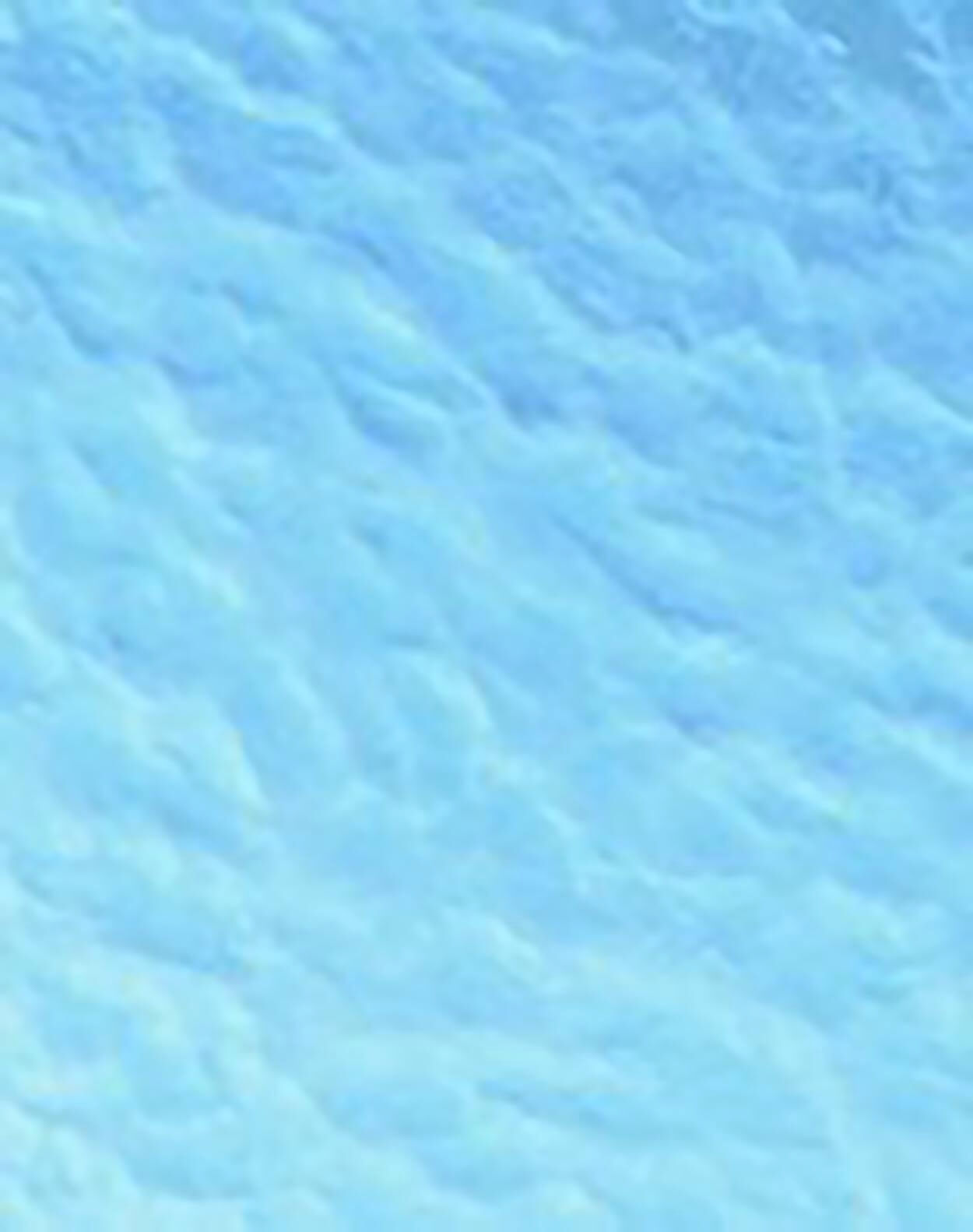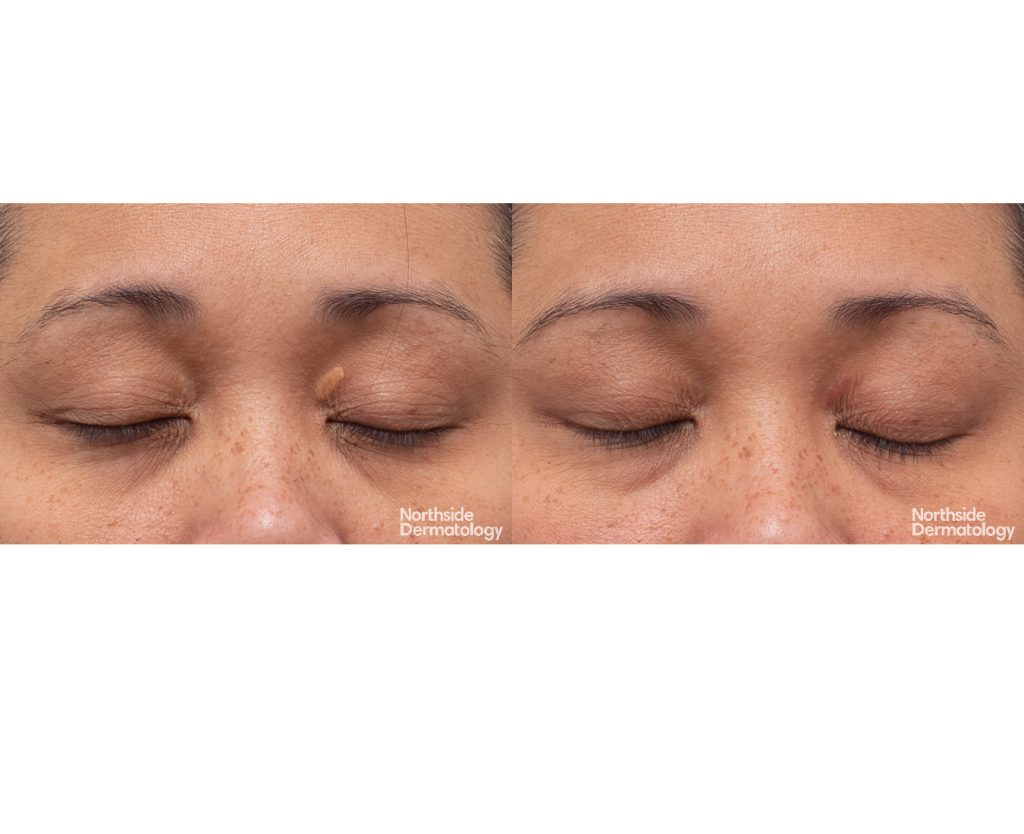
Xanthelasma
Xanthelasma
Xanthelasma are soft, yellowish cholesterol deposits that commonly appear around the eyelids. These flat or slightly raised plaques are typically painless and harmless, but many individuals seek treatment for cosmetic reasons, as the lesions can be visible and difficult to conceal.
Although xanthelasma may occur in people with normal cholesterol levels, they can also be associated with elevated cholesterol, triglycerides, or lipid metabolism disorders. A dermatologist may recommend blood tests to assess lipid levels as part of your evaluation.
Treatment Options for Xanthelasma
Dermatologists who consult at Northside Dermatology may recommend a range of evidence-based, minimally invasive treatments, depending on the size, location, and characteristics of the lesions.
1. CO₂ Ablative Laser Resurfacing
- The preferred treatment method for most cases.
- The CO₂ laser precisely removes the cholesterol deposits while minimising damage to surrounding skin.
- Depending on the response, 1 to 3 treatment sessions may be required.
- Treatment performed under local anaesthetic
2. Electrocautery
- Effective for smaller or thinner xanthelasma lesions.
- Uses controlled heat energy to target and remove deposits.
- Depending on the response, 3 to 5 treatment sessions may be required.
3. Chemical Cautery (Trichloroacetic Acid, TCA)
- An option for selected cases.
- Involves applying a chemical solution that gradually breaks down the cholesterol deposits.
- Usually requires multiple treatments to achieve the best cosmetic result.
Why Not Surgical Excision?
In the past, surgical removal was sometimes performed for xanthelasma. However, surgical excision is associated with a high recurrence rate and the risk of scarring, especially on the delicate eyelid skin. For this reason, our dermatologists generally do not recommend surgery as the first-line treatment.

What to Expect After Treatment
-
Recurrence is possible: Xanthelasma can return over time, particularly in individuals with underlying cholesterol or lipid concerns.
-
Downtime: Mild redness, swelling, or crusting is common and usually resolves within several days to a week.
-
Results vary: Outcomes depend on lesion size, skin type, treatment method, and individual healing.
Why Choose a Dermatologist for Xanthelasma Removal?
Xanthelasma treatment requires precision, particularly due to the sensitivity of eyelid skin. Dermatologists have the training and clinical experience to select and perform the most suitable treatment approach while minimising the risk of pigment change, scarring, or recurrence.
To learn more about treatment options for xanthelasma, contact Northside Dermatology to arrange a consultation with a consulting dermatologist.
Send us a message
Contact Us
Hours of Operation
Monday - Friday, 9am-5pm
Phone Number
Fax Number
Emails
Medical Enquiries:
reception@northsidedermatology.com.auLaser & Cosmetic Enquiries:
cosmetic@northsidedermatology.com.au